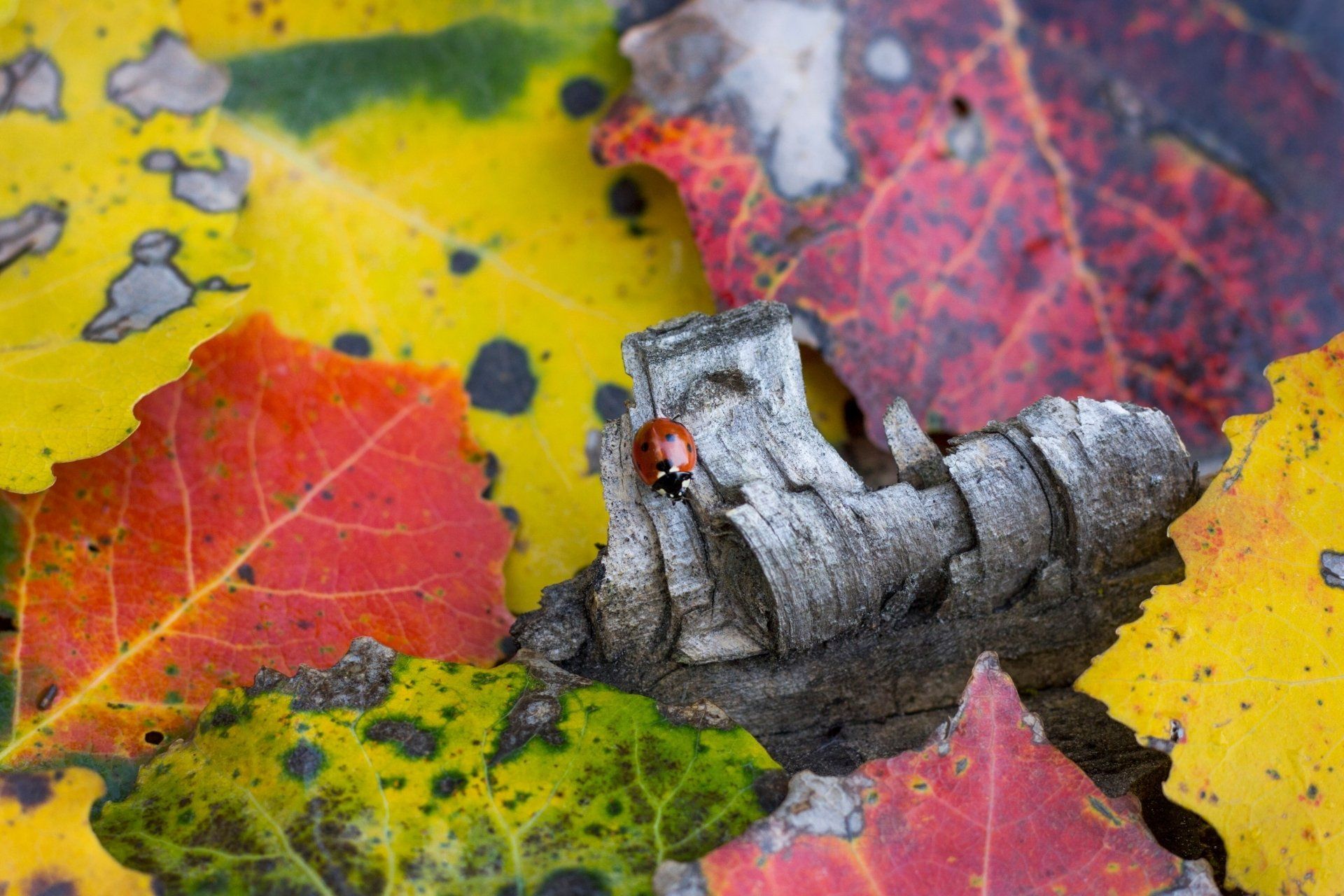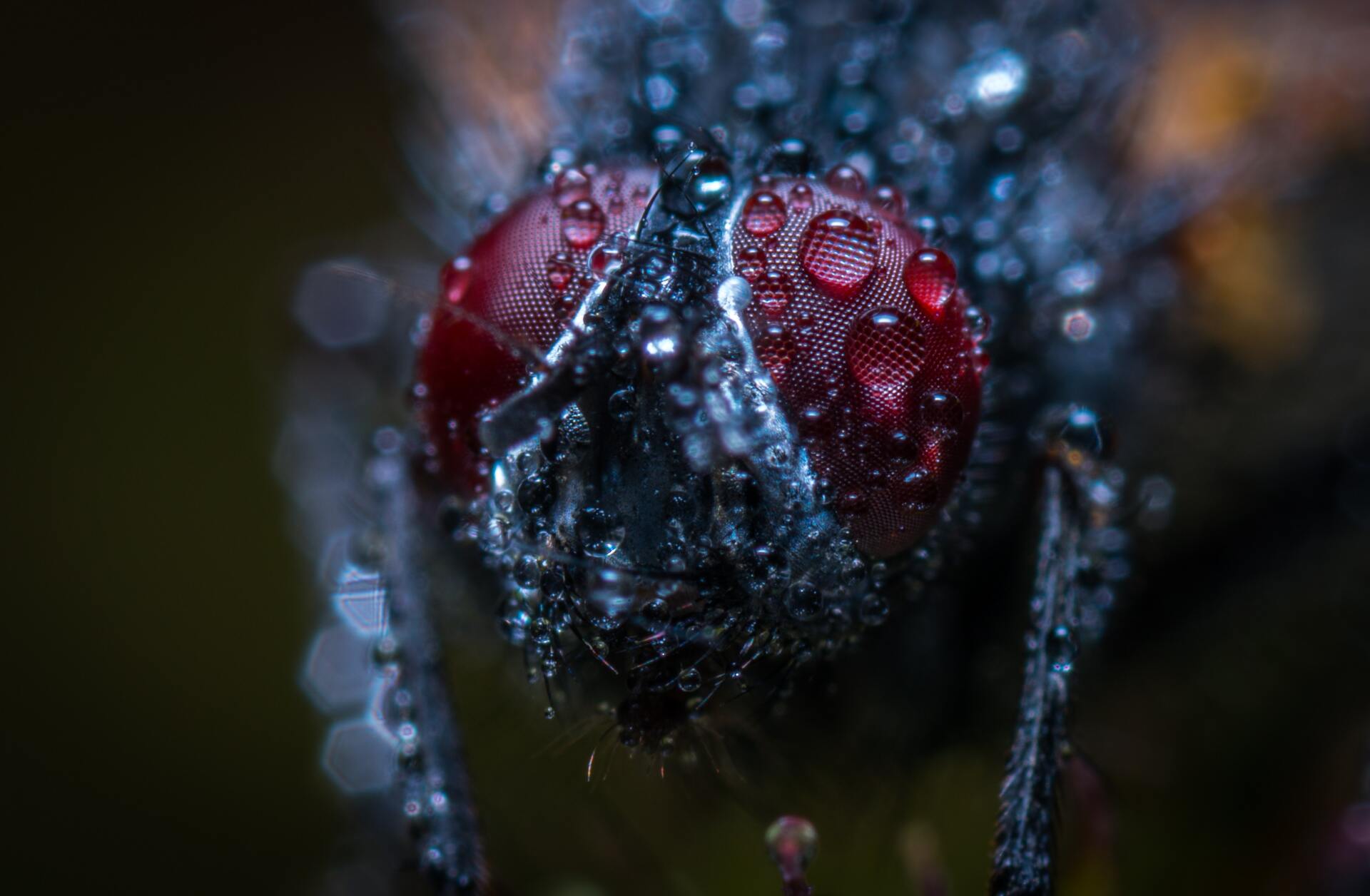Facts About Asian Lady Beetles
Asian Lady Beetles - The Fake Lady Bug

Facts about Asian Lady Beetles
Invasive Asian lady beetles frequently invade homes in enormous colonies. Although they go by many names, including pumpkin, harlequin, southern, Japanese, and even just the "many-named" ladybird, "Halloween lady beetle" may be the most appropriate. Even though they resemble innocuous ladybugs, an invasion of Asian lady beetles is nothing but a ruse. These pests often appear around October. Once inside, they spend the winter camped out in cracks and walls, frequently not emerging until April.
Although these beetles are generally dormant during the winter, you might observe swarms of them hanging around in the corners of your windows in search of warmth. When they gather in such vast numbers, it might appear simple to get rid of them, but there are obstacles. When you crush these bothersome creatures, a yellowish color and bad odor are left behind. Oh, and did we mention that when provoked, they can bite people?
Ladybugs versus Asian Lady Beetles
Although Asian lady beetles resemble ladybugs, they are its much more invasive twin. While both ladybugs and the annoying lady beetle consume lesser pests, ladybugs prefer to find shelter outside. How do you distinguish between the two insects? Lady beetles have a longer body and come in a variety of colors from orange to red, while ladybugs are red and spherical. Additionally, they have an identifying "M" shape on their foreheads. Most notably, "Halloween" beetles are present in huge concentrations if you notice them inside your house.
Origins of Asian Lady Beetles
These beetles are among the most pervasive home pests globally, despite being native to eastern Asia. They were initially introduced to North America and Europe to assist in controlling the aphid numbers that were wreaking havoc on crops. They were then discovered in the wild in New Orleans in the late 1980s, and they soon migrated across the country. They are now a completely uncontrollable nuisance.
Asian Lady Beetles: How to Get Rid of Them
Asian lady beetles can be eliminated in two ways: prevention and removal. All you can do is exterminate the beetles once they have spent the winter inside your house. Preventative steps make it more likely that they won't return the next year.
Using a vacuum is one of the best ways to get rid of these beetles from your home. This can be challenging, though, as if you're not careful, you might cause the bug to bleed reflexively, leaving a stinky yellow residue on the removal surface or in your vacuum. The beetles will release or be disposed of more easily if you bag them within your vacuum.
You'll need to seal all doorways and windows into your house in order to stop another invasion. This covers things like cracks, doors, windows, and screens. The best results can be achieved when using the assistance of experts because this can be a laborious and time-consuming process.


